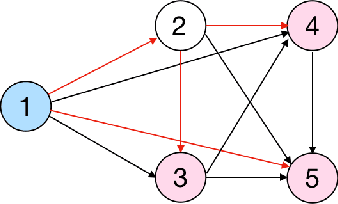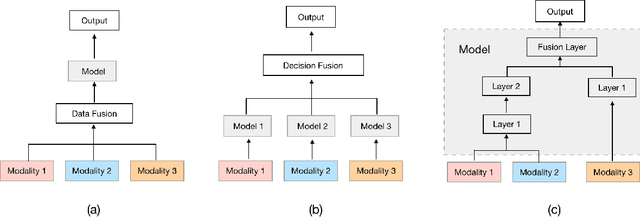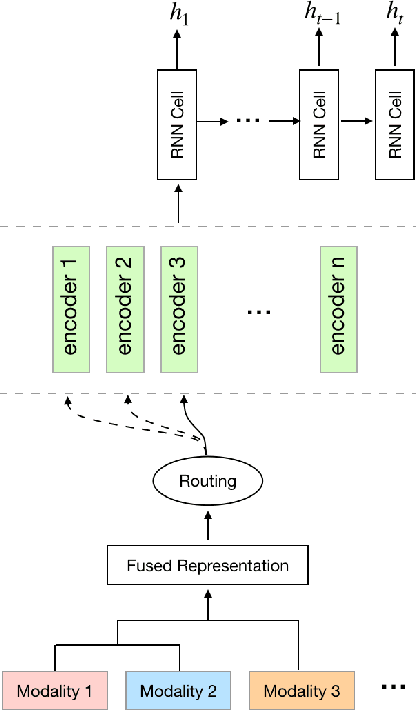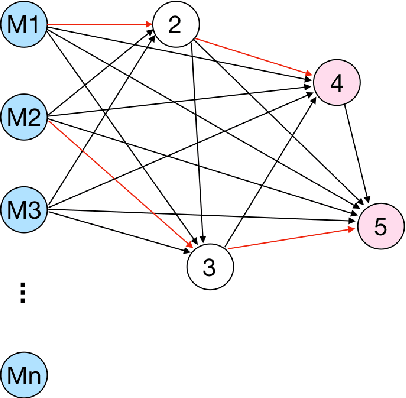Eric Larson
Automatic Modulation Classification with Deep Neural Networks
Jan 27, 2023Abstract:Automatic modulation classification is a desired feature in many modern software-defined radios. In recent years, a number of convolutional deep learning architectures have been proposed for automatically classifying the modulation used on observed signal bursts. However, a comprehensive analysis of these differing architectures and importance of each design element has not been carried out. Thus it is unclear what tradeoffs the differing designs of these convolutional neural networks might have. In this research, we investigate numerous architectures for automatic modulation classification and perform a comprehensive ablation study to investigate the impacts of varying hyperparameters and design elements on automatic modulation classification performance. We show that a new state of the art in performance can be achieved using a subset of the studied design elements. In particular, we show that a combination of dilated convolutions, statistics pooling, and squeeze-and-excitation units results in the strongest performing classifier. We further investigate this best performer according to various other criteria, including short signal bursts, common misclassifications, and performance across differing modulation categories and modes.
An Approach for Combining Multimodal Fusion and Neural Architecture Search Applied to Knowledge Tracing
Nov 08, 2021



Abstract:Knowledge Tracing is the process of tracking mastery level of different skills of students for a given learning domain. It is one of the key components for building adaptive learning systems and has been investigated for decades. In parallel with the success of deep neural networks in other fields, we have seen researchers take similar approaches in the learning science community. However, most existing deep learning based knowledge tracing models either: (1) only use the correct/incorrect response (ignoring useful information from other modalities) or (2) design their network architectures through domain expertise via trial and error. In this paper, we propose a sequential model based optimization approach that combines multimodal fusion and neural architecture search within one framework. The commonly used neural architecture search technique could be considered as a special case of our proposed approach when there is only one modality involved. We further propose to use a new metric called time-weighted Area Under the Curve (weighted AUC) to measure how a sequence model performs with time. We evaluate our methods on two public real datasets showing the discovered model is able to achieve superior performance. Unlike most existing works, we conduct McNemar's test on the model predictions and the results are statistically significant.
 Add to Chrome
Add to Chrome Add to Firefox
Add to Firefox Add to Edge
Add to Edge